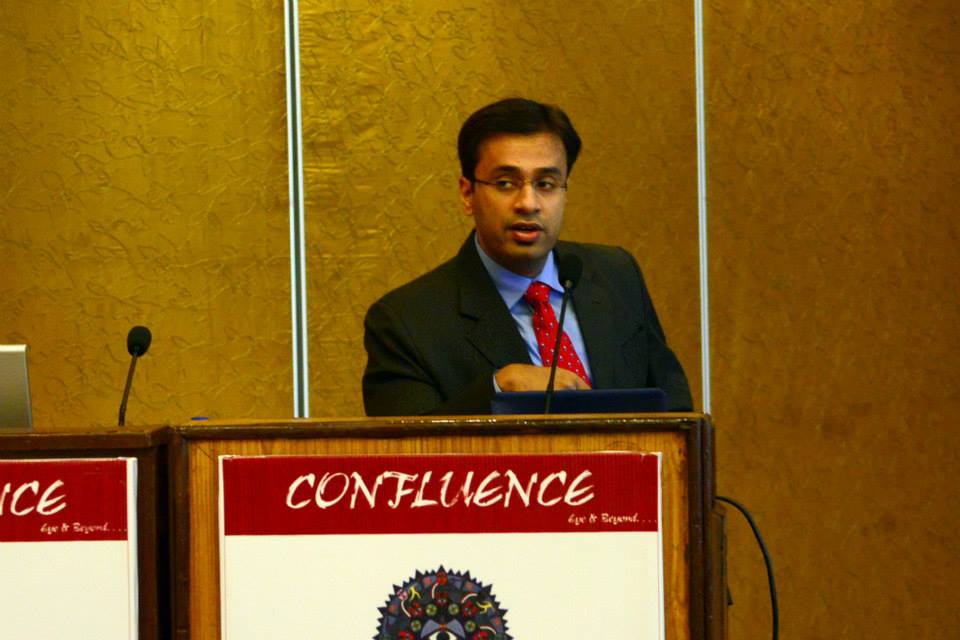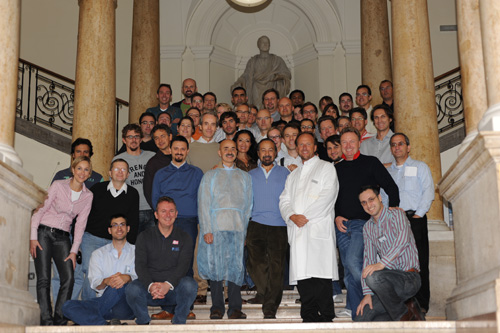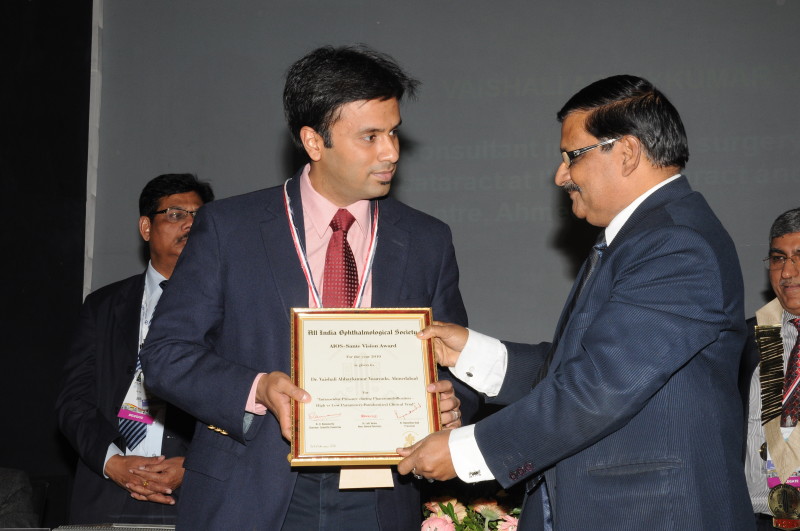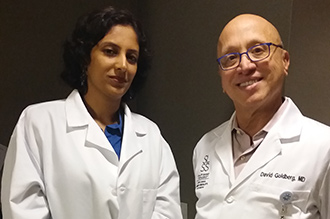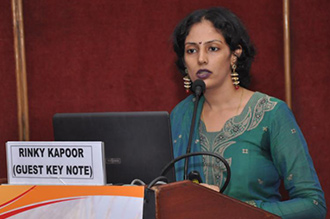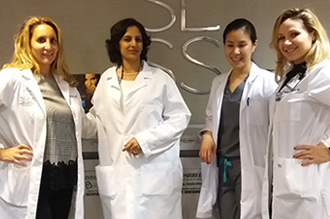The ectodermal dysplasia (ED) syndromes are a group of about 150 heritable disorders that affect the ectoderm, the outer layer of tissue in a developing baby. ED syndromes affect both males and females of all races and ethnic groups. The ectoderm contributes to the formation of many parts of the body, including the skin, sweat glands, hair, teeth, and nails. During embryonic development, these and/or other parts of the baby’s body, including the lens of the eye, parts of the inner ear, the fingers and toes, or nerves, among others, may fail to develop normally. When a child has at least two types of abnormal ectodermal features—for example, malformed teeth and extremely sparse hair—the child is identified as being affected by an ED “syndrome.” Each of the roughly 150 ED syndromes represents a different combination of abnormalities. Physical symptoms can range from mild to extremely severe. Very few types of ED involve learning difficulties.
Ectodermal dysplasias include anomalies of hair, teeth, sweat glands, nails, digits, cranial facial structure, etc.
Hair: People affected with an ED syndrome may have sparce, thin hair which are light in colour. The hair are in slow in growth and may be extremely delicate, twisted or curly.
Hair: People affected with an ED syndrome may have sparce, thin hair which are light in colour. The hair are in slow in growth and may be extremely delicate, twisted or curly.
Nails: The nails of the fingers and toes may be irregularly shaped, thick, having ridges, brittle and may have discoloration. The cuticles may be susceptible to infections. In this condition, the nails are very slow in growth.
Sweat Glands: People affected with ED are unable to perspire. This may be due to the fact that their swear glands fail to function or have not developed at all. Hence, the commonest problem is overheating, especially during Summer. Exposure to cold atmosphere is necessary.
Skin: Light pigmentation may be observed over the skin. Certain cases may show red or brown pigmentation. Such skin may be prone to infections and rashes. The skin over the palms and soles may be thick. Patients are advised to be very careful so as to prevent cracking, infection and bleeding.
Teeth: In patients with Ectodermal dysplasia, they may have congenitally absent teeth and/or peg shaped or pointed teeth. The enamel may be defective. Cosmetic dental treatment is invariably required. In fact, children may require dentures as early as 2 years of age. In certain cases, crowning of teeth may take place. Orthodontic treatment may be required.
Cranio-facial features: Characteristic cranial-facial features are seen in patients with ED. They include bossing of the frontal bones, longer, prominent and more pronounced chins, broader noses, etc. There may be some visual defects, like, dryness of eye, cataracts, because of abnormal development of parts of the eye. There may be difficulty in hearing, respiratory infections, too.
In order to detect specific skeletal deformities, X-rays of hands, feet or both may be helpful. In children with ectodermal dysplasia associated with cleft lip/and or palate for underlying genitourinary tract abnormalities, renal ultrasonography, intravenous pyelography may prove to beneficial.
Sweat pore counts, skin biopsy may help in diagnosing reduced sweating.
Prenatal diagnosis with the help of genetic mutation analysis may be carried out for those cases where genetic mutation is known.
The cost for the treatment will depend upon the type of treatment chosen. You can consult Dermatologist, Dr. Rinky Kapoor, in case of ED with chronic eczematous dermatitis or scalp disorders. Her consultation charges are INR 1000/-.
Patients having Ectodermal dysplasia with cleft lip and/or palate defects, or other facial defects may also consult Facial, Plastic Surgeon, Dr. Debraj Shome. A single consultation with Dr. Debraj Shome is chargeable at INR 1000/-.
Quality patient care is provided through well trained specialist Dermatologist – Dr. Rinky Kapoor as well as Facial Plastic surgeon – Dr. Debraj Shome, who give customized expert advice and personally perform treatments with the latest technology and techniques in treating any disease/cosmetic concern available world over.
